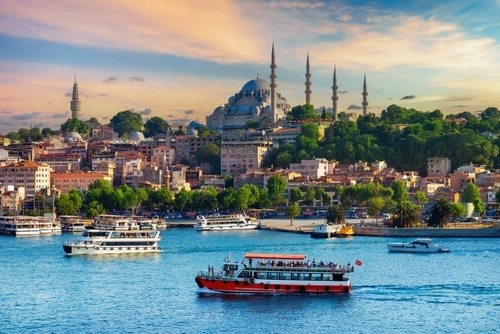Iwate Travel Guide
Iwate Tourist Attractions
Iwate Featured Restaurants
Located on the Pacific coast of the Tohoku Region, on the north of Japan’s main island, Iwate Prefecture benefits from the best of both worlds. As the second biggest prefecture in the country—beaten only by Hokkaido—it stretches out across vast swathes of mountains, farmlands, and coastline. The high-end Appi Kogen Ski Resort sees some of the country’s best snow sports in winter, while the coastal roads offer pleasant drives in summer.
In fact, the Sanriku Coast is a contender for most beautiful in the country, although reconstruction efforts are still under way to repair the damage done by the 2011 tsunami. To learn more about this event, head along to the modern Iwate Tsunami Museum in Rikuzentakata. The displays here tell of the terrible cost of and stunning recovery from the disaster.
The prefecture also has plenty to offer for foodies, with some of the best buckwheat grown here used to make incredible soba noodles. If you hike up to the beautiful Genbikei Gorge, you can even order some dango sweet rice dumplings from the most famous shop which serves them—Kakkoya—delivered across the rushing rapids on a rope and cable.
You might want to stay away from the rivers in Iwate, the birthplace of the legendary “kappa,” murderous humanoid turtles (mer-turtles? tur-maids?). Anyone with an interest in such colorful Japanese folklore should pay Iwate a visit; the prefecture has birthed more than its fair share of myths and legends.
Whether you’re looking for culinary adventures, mythical adventures, or just plain ordinary adventures, you’re guaranteed to find plenty of things to do in Iwate.
What to eat in Iwate?
What are the best things to do in Iwate?
Where to try Iwate wagyu beef?
What is Iwate famous for?
What to buy in Iwate?
Sign up for insider tips & sneak peeks into the diverse world of dining in Japan
 Tokyo
Tokyo Osaka
Osaka Kyoto
Kyoto Hyogo
Hyogo Hokkaido
Hokkaido Nara
Nara Fukuoka
Fukuoka Hiroshima
Hiroshima Kanagawa
Kanagawa Ishikawa
Ishikawa Florence
Florence Paris
Paris Rome
Rome Porto
Porto Barcelona
Barcelona New York
New York Venice
Venice Madrid
Madrid Marrakesh
Marrakesh Istanbul
Istanbul


